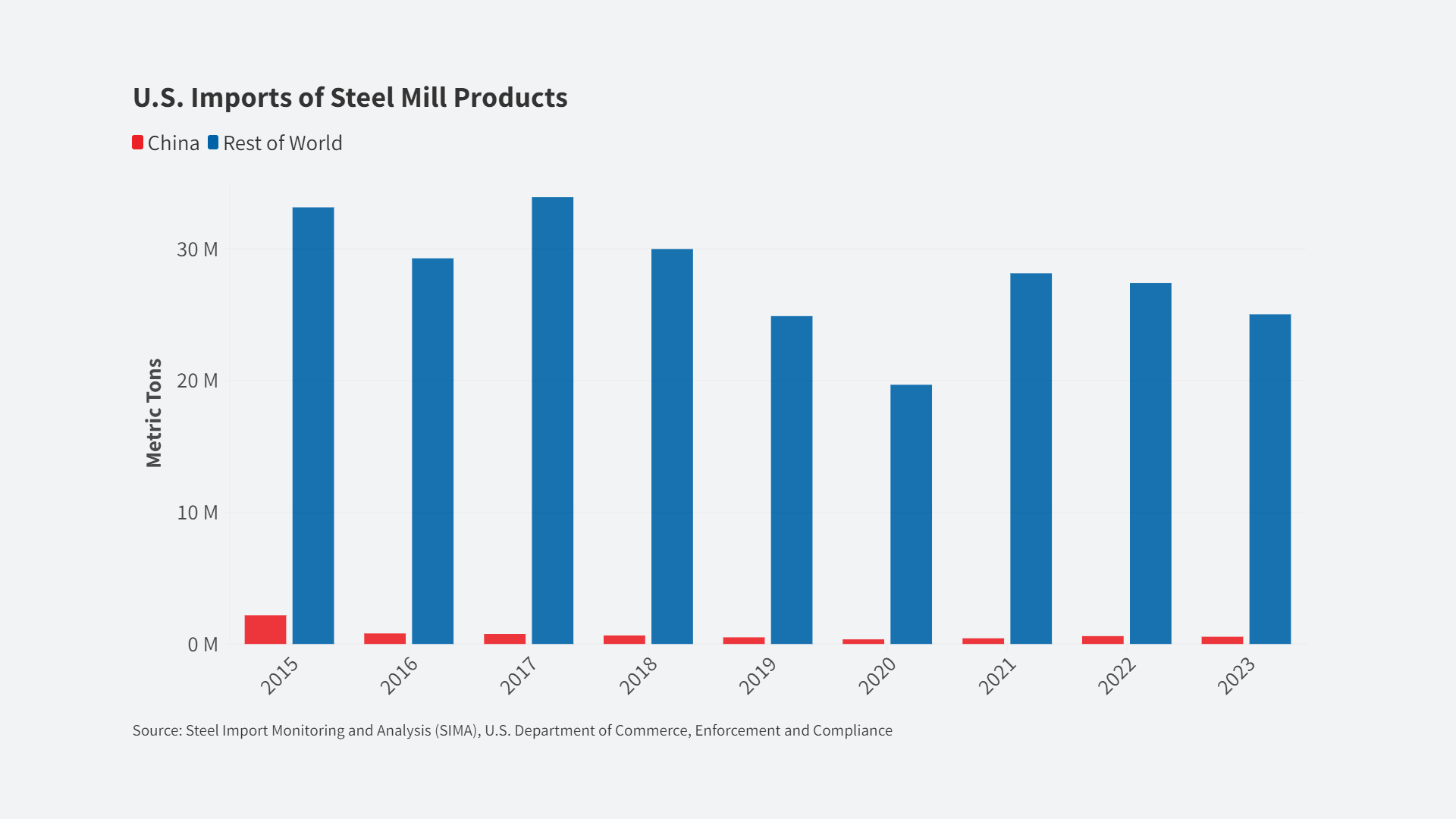Goods deficit with China declines 10% from last year
By Steven L. Byers, PhD, CPA Senior Economist
The US trade deficit in goods and services for July 2019 decreased by 2.7 percent, to $54.0 billion, down $0.2 billion from $55.5 billion (revised) in June.
The July decrease is due to a decline in the goods deficit by $1.6 billion, to $73.7 billion, and a decrease in the services surplus of $0.1 billion, to $19.7 billion. July exports were $207.4 billion, up 0.5 percent ($1.2 billion) from June. On the import side, July imports were $261.4 billion, a 0.1 percent decline ($0.4 billion) from the June figure. Over the period January to July 2019, the US trade deficit totaled $373.8 billion, an increase of 8.2 percent over the same period in 2018.
With respect to China, despite an overall, continuing deficit, there is some good news. The goods deficit decreased $0.5 billion in July, to $29.6 billion. Exports to China fell $0.3 billion to $9.3 billion, and imports decreased $0.8 billion to $39.0 billion. The year-to-date goods deficit with China totals $199.8 billion, down 10.3 percent from $222.8 billion in 2018. Year-to-date, exports totaled $60.7 billion, with imports at $260.6 billion.
With regards to other major trading partners, the trade deficit with Germany was $38.9 billion in the January through July period, 1.8 percent better than a year ago. However, the US year-to-date deficit with the 28-nation European Union was $104 billion, 9.3 percent worse than the year-earlier period. The US deficit with Japan was $42.4 billion, 5.7 percent worse than in 2018. The US deficit with Vietnam continues to surge, at $30.1 billion in the year to July, up 39.1 percent from 2018. Our deficit with South Korea also surged, at $12.7 billion year-to-date, up 28.9 percent from the comparable period last year. Our deficit with Mexico has also surged, at $58.3 billion year-to-date, up 33.8 percent on the comparable 2018 period.
The surge in many bilateral deficits is likely due to the shift by many multinationals of production from China to other manufacturing locations like Vietnam and Mexico. Bilateral deficits and our global deficit have also been worsened by the rising dollar. The dollar rose some 8.5 percent in 2018 and has risen another 2 percent this year.
The situation for US agriculture remains challenging. Exports of agricultural commodities increased $5 million over the June figure, but decreased on a year-to-date basis by $4.3 billion. Within the major agricultural commodities there are winners and losers. Soybean exports decreased in July by $176 million but were ahead of 2018 exports by $796 million on a year-to-date basis. Exports of wheat were down $63 million from the previous month but up $760 million year-to-date in comparison to last year’s reported figures.
For some major categories of imports the year-to-date picture is mixed. Imports of computers were $46.5 billion in July, up 2.6 percent from 2018. Telecommunications equipment imports were $35.8 billion, down 18.1 percent. Cell phone imports were $64.7 billion, up 5.3 percent. Automobile imports rose 5.3 percent to $106.1 billion. Pharmaceutical imports rose strongly again, up 10.7 percent in July to $85.8.
A 15 percent tariff on approximately $122 billion worth of Chinese products began on September 1, adding to the existing 25 percent tariff on $250 billion in other goods. China responded with tariffs on $75 billion of US exports but appears to be phasing them in slowly. On December 15, the US will extend 15 percent tariffs to an additional $160 billion in Chinese merchandise, at which point all US imports from China will be tariffed.













